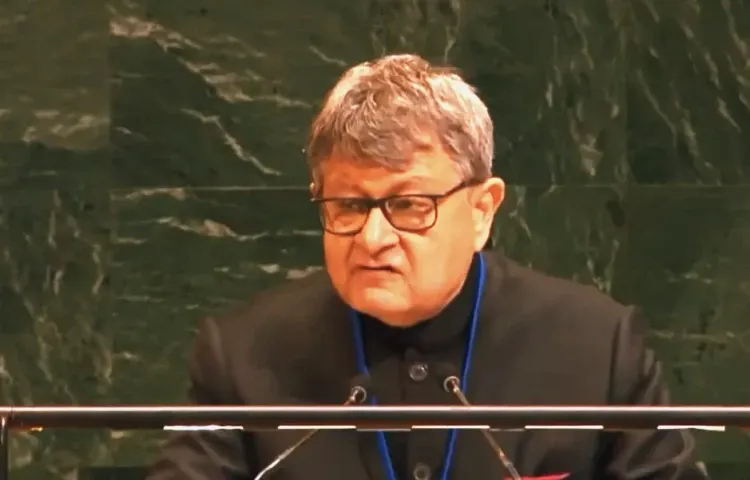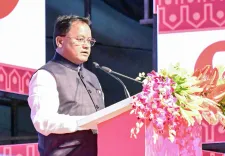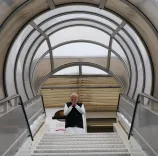Could the India-US trade deal with lower tariffs be a major advantage?

Synopsis
Key Takeaways
- Lower tariffs on Indian products could enhance competitiveness.
- NITI Aayog emphasizes the need for strategic negotiations.
- India's economic model is less trade-intensive compared to Asian peers.
- Production-Linked Incentives aim to boost manufacturing capabilities.
- Streamlining processes can attract more foreign investment.
United Nations, July 24 (NationPress) A trade agreement between the US and India, featuring lower tariffs on labour-intensive Indian goods compared to some competitors, would represent a significant advantage and create an opportunity, stated NITI Aayog Vice Chairman Suman Bery.
In an exclusive interview with IANS discussing potential implications of tariff changes, he remarked, "There's an opportunity there."
"It's a matter of negotiation," he continued.
"If we could secure low-duty access for certain labour-intensive products into the US market while our competitors face higher tariffs, it could be a significant opportunity for us."
"It's a bit of a trade-off; we might have to concede something, but achieving that lower tariff would be immensely beneficial for us," he added.
Trade negotiators from India and the US are hurrying to finalize a trade deal ahead of President Donald Trump's August 1 deadline.
Bery was attending the UN for the High-level Political Forum on Sustainable Development which concluded on Wednesday.
This forum gathered ministers and senior officials from various countries to evaluate progress towards the 2030 sustainable development goals.
Overall, Bery commented, "The Indian growth model has been less trade-intensive than many of our peers in Asia."
As a result, he noted, tariffs would likely have a lesser impact on the Indian economy compared to other Asian nations that are more export-dependent.
Under Trump's agreements with nations possessing a labour-intensive export profile similar to India, tariffs are set at 20 percent for Vietnam, 19 percent for the Philippines, and 18 percent for Indonesia.
For nations lacking agreements with the US, Trump announced tariffs of 35 percent for Bangladesh, 36 percent for Thailand, and 25 percent for Malaysia if no deal is reached by August 1.
As an economist with nearly 30 years of experience in international finance, including roles at the World Bank and as chief economist at Royal Dutch Shell, Bery provides unique insights into the intersections of trade, investment, globalization, and development.
When asked about the need for increased capital inflows for growth, he responded, "I believe linkages and technology are more critical than capital."
He elaborated, "At NITI Aayog, we designed a program termed Production-Linked Incentives (PLI), which successfully attracted Apple to manufacture iPhones in India."
"We aim to see much more of this," he concluded.
NITI Aayog states that the PLI program "aims to enhance the size and scale of India's manufacturing capabilities and exports in crucial sectors, while fostering global champions" by incentivizing increased production for a select number of eligible entities within a defined timeframe.
Bery mentioned that he has met with various business leaders privately to gain insights into existing challenges, noting that there isn't a single major issue hindering progress.
"There's considerable interest in India; however, it seems that we complicate processes more than necessary, particularly at the state level," he added.






